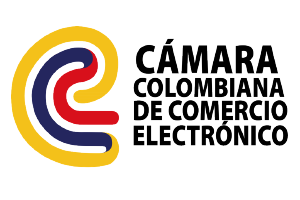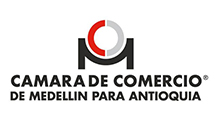Just as individuals can experience periods of economic instability, companies are also vulnerable to these periods, especially companies that operate in unstable markets, such as the oil market.
If a company finds itself in a situation of indebtedness, in which it cannot find a way to respond, it can initiate a process of corporate insolvency law, a law that, although it is quite old and has saved many companies, there is still a great deal of ignorance about the benefits it provides.
Previously, we talked about the
insolvency of a non-trading natural person
In this opportunity we want to talk to you about everything related to the corporate insolvency regime: what it is, which law covers it, who can access it and what benefits it brings.
What is the corporate insolvency law in Colombia?
The corporate insolvency regime is a procedure by which companies, as well as individuals, may pay the debts accumulated with their creditors and, likewise, protect their establishment as a source of income and employment. This mechanism is stipulated in the law 1116 of 2006.
According to
article 1
of Law 1116 of 2006, companies and individuals who access this mechanism may organize their debts through a reorganization or judicial liquidation process:
- The reorganization process is intended to preserve viable companies and normalize their commercial and credit relations through an agreement, by means of operational, administrative, asset or liability restructuring.
- The judicial liquidation process pursues a prompt and orderly liquidation, seeking to take advantage of the debtor’s assets.
In order for a company to be eligible for the corporate insolvency regime, it must meet one of two conditions:
- Cessation of payments: When the company defaults in payment for more than 90 days to 2 or more creditors or has against it 2 or more claims filed by its creditors for the payment of the debt. In either case, the accumulated value of the obligations must represent not less than 10% of the total debt.
- Imminent inability to pay: This situation occurs when the company is unable to pay due to circumstances of the market in which it operates or to internal organizational and structuring situations, which seriously affect the fulfillment of its obligations.
The natural person merchant can only and exclusively access the corporate insolvency regime, through the condition of cessation of payments, and for the purposes of this condition, neither the food obligations nor the processes related to these are taken into account.


Which companies are eligible for the corporate insolvency regime?
According to
article 2
of Law 1116 of 2006, natural persons, traders and companies that are not excluded from this law may access this mechanism.
These companies and individuals must conduct business on a permanent basis within the national territory of Colombia, whether of a mixed or private nature. Branches of foreign companies and autonomous patrimonies that carry out entrepreneurial activities can also access this mechanism.
Who is not eligible for the corporate insolvency regime?
In the previous section, we mentioned that companies can access this mechanism, but there are certain types of companies that are excluded from this law.
These excluded companies are described in Article 3 of the
Article 3
of the same law and are as follows:
- The Health Promoting Entities, the Administrators of the Subsidized Regime of the General System of Social Security in Health and the Health Service Providing Institutions.
- The Stock and Agricultural Exchanges.
- Entities supervised by the Financial Superintendency of Colombia. The foregoing does not include issuers of securities, which are subject only to the control of the aforementioned entity.
- Entities supervised by the Superintendency of Solidarity Economy that develop financial, savings and credit activities.
- Public capital companies, and industrial and commercial companies of the national State and of any territorial level.
- Public law entities, territorial and decentralized entities.
- The domiciliary public utilities companies.
- Non-trading natural persons.
- Other legal entities that are subject to a special regime of business recovery, liquidation or administrative intervention to manage or liquidate.


Benefits of corporate insolvency law
Since its implementation, this law has been a life saver for many companies, and there have been many successful cases of companies that have managed to reorganize their debts and get out of their economic crises.
In Colombia, there are very few cases in which companies have had to resort to liquidation as the only alternative to settle all or most of their debts.
We know that markets can change, but not everything has to be lost. When a company detects the crisis in time and avails itself of this law, the chances of saving its debt and not having to resort to liquidation are very high. The process can take approximately 18 months from the time the application is filed until an agreement is reached with the creditors.
Like insolvency for non-natural persons, the corporate insolvency regime is designed for those companies and individuals who, although they do not have the capacity to pay their debts, demonstrate an interest in resolving their credit history.



